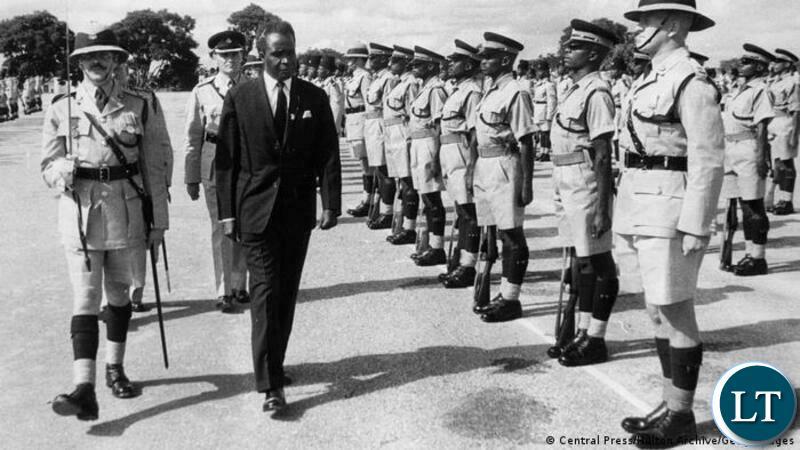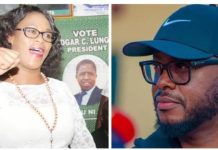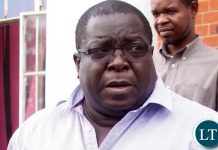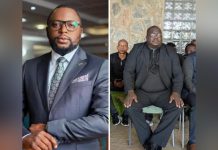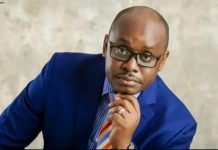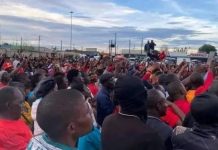Africa-Press – Zambia. My studies were briefly interrupted in second year. Military duties were calling. Going to “war” was not something that I had anticipated. Thanks to student leaders’ enthusiasm for what I saw as an adventure. I was being “conscripted” into the “green army”.
Zimbabwe (Rhodesia then) was fighting for independence from settler regime led by Ian Smith. The Zimbabwe African People’s Union (ZAPU) led by Joshua Nkomo was based in Zambia. One of their camps was in Chikumbi, 28 kilometres north of Lusaka, the Capital City.
On 19th October 1978, the Rhodesian military made a dazzling entry into Zambia in the afternoon. Witnesses talked about seeing four jets and three Chinook helicopters bombing the camp in Chikumbi. About 300 ZAPU men were killed and many wounded. The wounded were rushed to the University Teaching Hospital (UTH).
On 20th October 1978 Union leaders addressed students at the University of Zambia (UNZA). Student anger on the bombing was not only directed at Ian Smith and his regime in Rhodesia but also at the “imperialists” in the West. After the address we headed to the British and American Embassies where we protested. One student removed the Union Jack from the wall of the British Embassy. After protesting at the two embassies, overzealous students influenced the protesters to go to State House. We jammed traffic on Independence Avenue as we trotted and jumped to State House shouting:
“We want war. Give us guns.”
President Kenneth Kaunda did not only address us, he also granted our request for guns. We were to be mobilised immediately and join the fight to protect Zambia. We walked back to the University campus. Many students were not as excited as they had been earlier on. I heard some students complaining. Suddenly, it had downed on them that they had overstretched our purpose for the protest. They didn’t want the war and guns, after all.
On our way to the campus we met a Land Rover carrying officers from the Zambia Air Force. Some students decided to let it off on the officers. They harassed and mocked them:
“Where were you?” (when foreign planes entered Zambian airspace) They demanded answers.
Foreign military planes had entered the country and bombed Rhodesian freedom fighters. Not a single Zambian jet scrambled the airspace. Zambian planes sat like lame ducks on the ground. I can only imagine complex issues that could have surrounded offering refuge to the freedom fighters.
The night of 20th October 1978 saw many young men hoping from room to room in October Residence. They were saying good byes to their girl-friends. Only men would be mobilized to fight for Zambia’s protection from aggressors.
Military trucks rolled on campus in the morning of 21st October 1978. We were on our way to Chindwin Barracks in Kabwe. At about 13.00 hours, news broadcast from either Salisbury (Harare now) or Pretoria mentioned the convoy taking students to Kabwe. It went like: “The most intelligent Zambian army is on its way to Kabwe.” Was that sarcasm? I felt vulnerable and unprotected. There was possibility that the Ian Smith insurgents could fly into the country at will and do whatever they wanted to do with impunity. They could shower our convoy with bombs…


